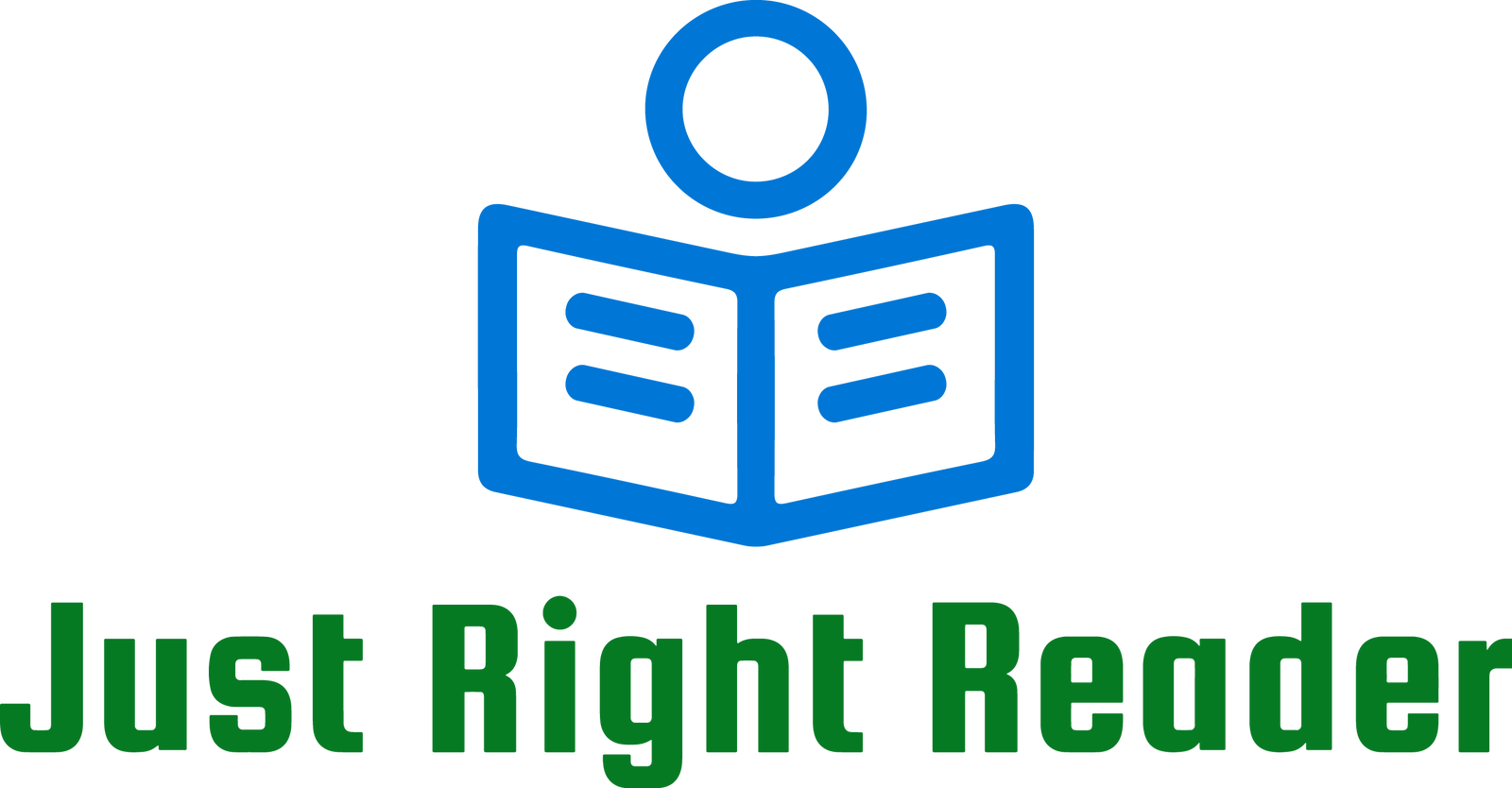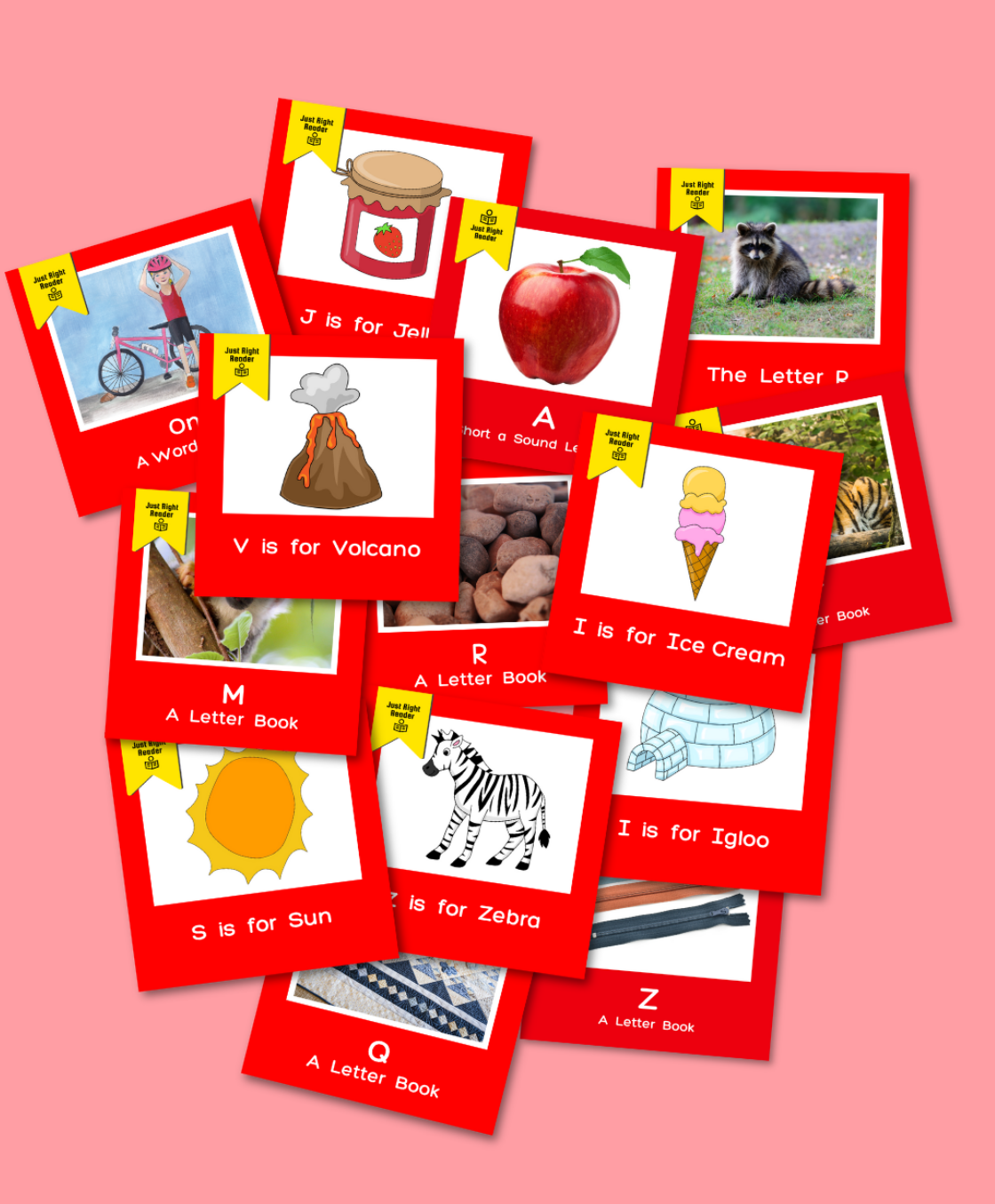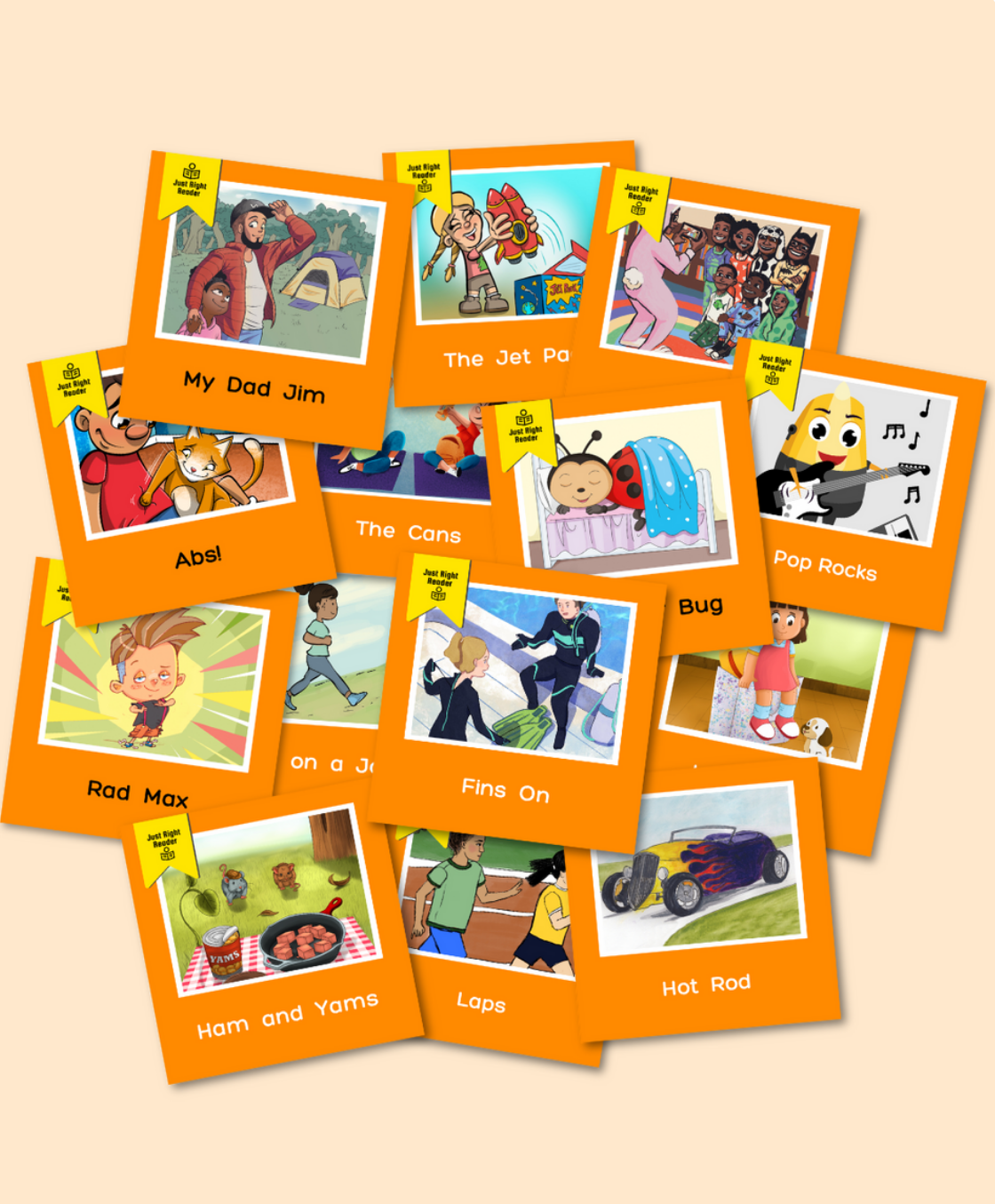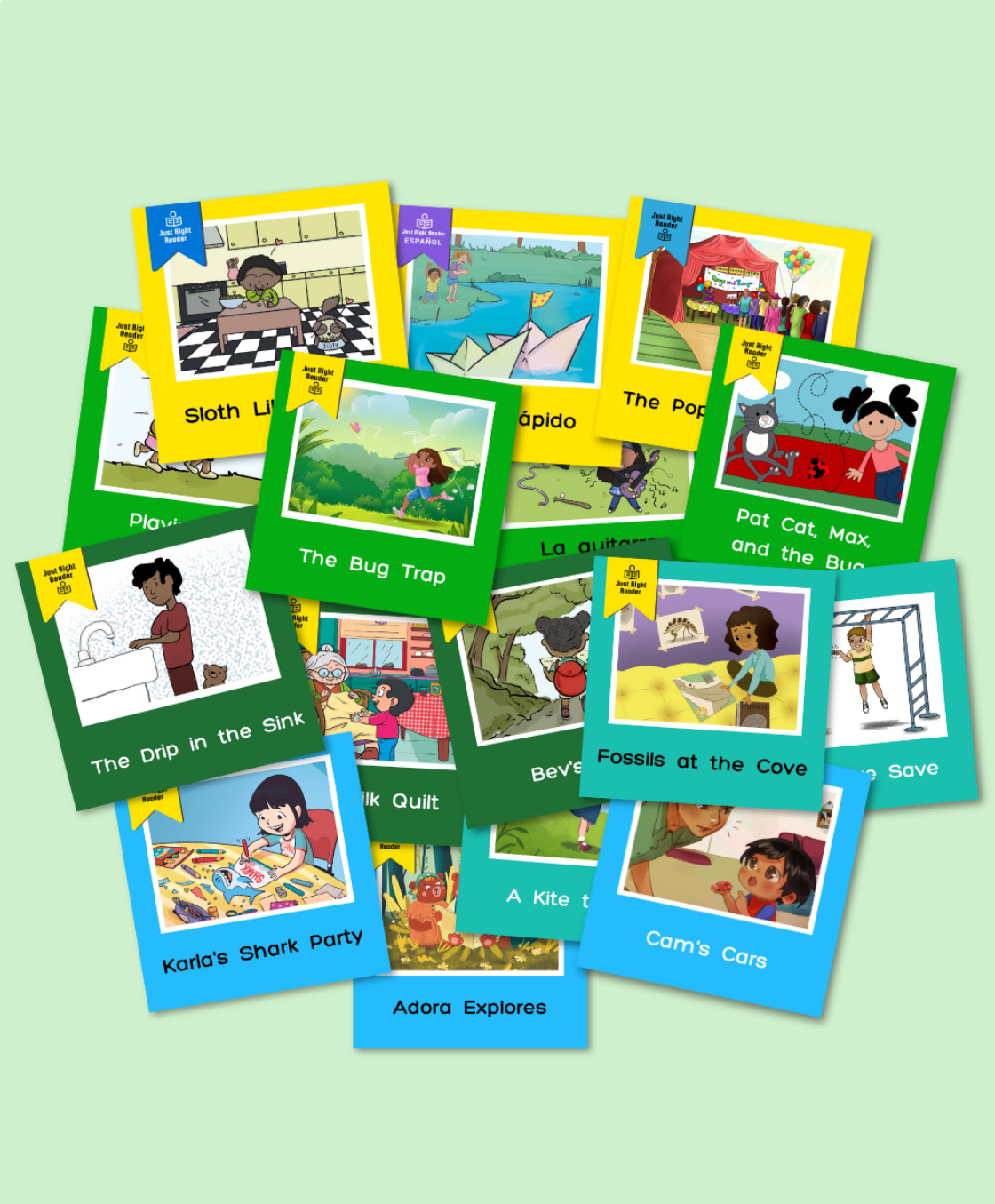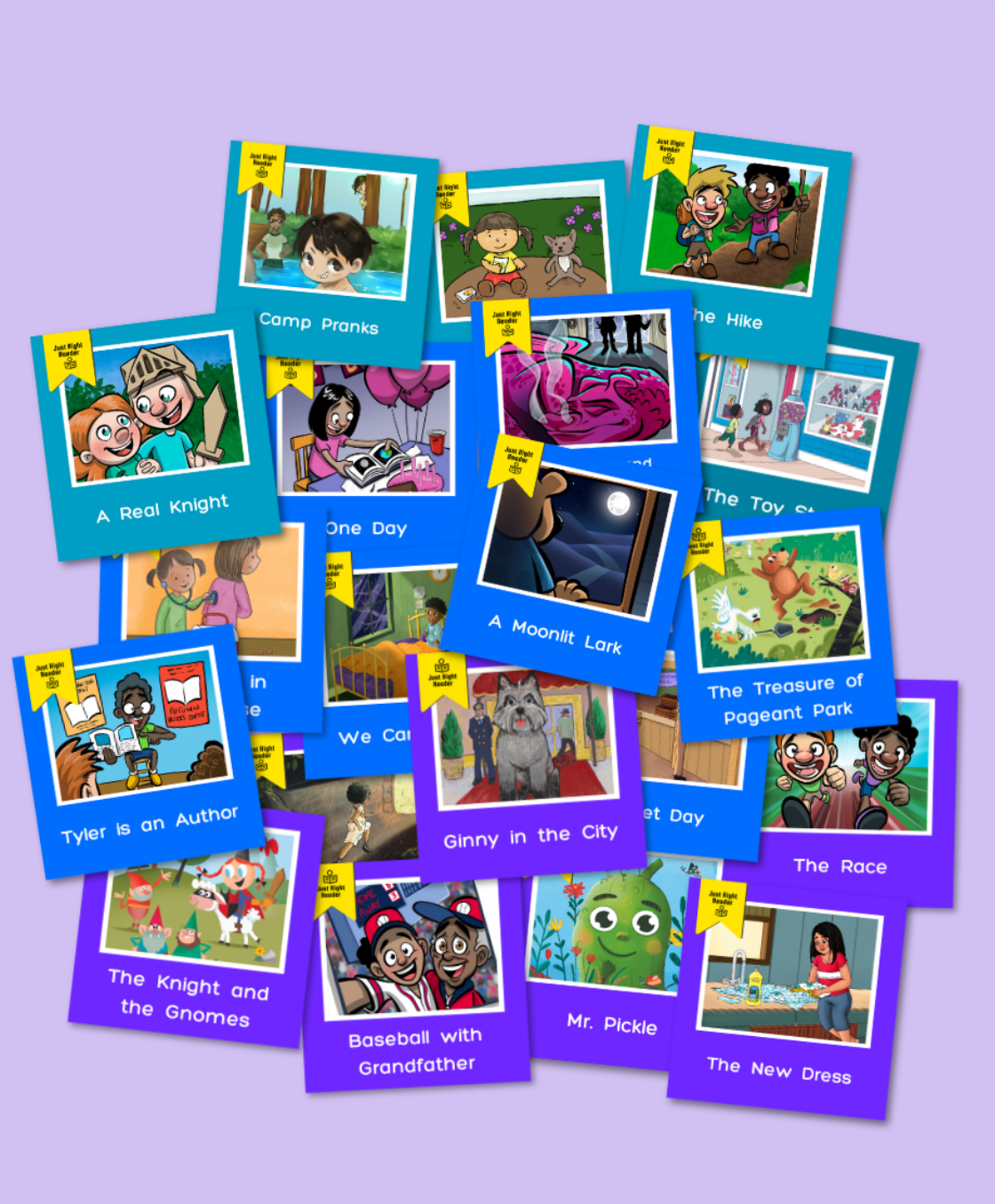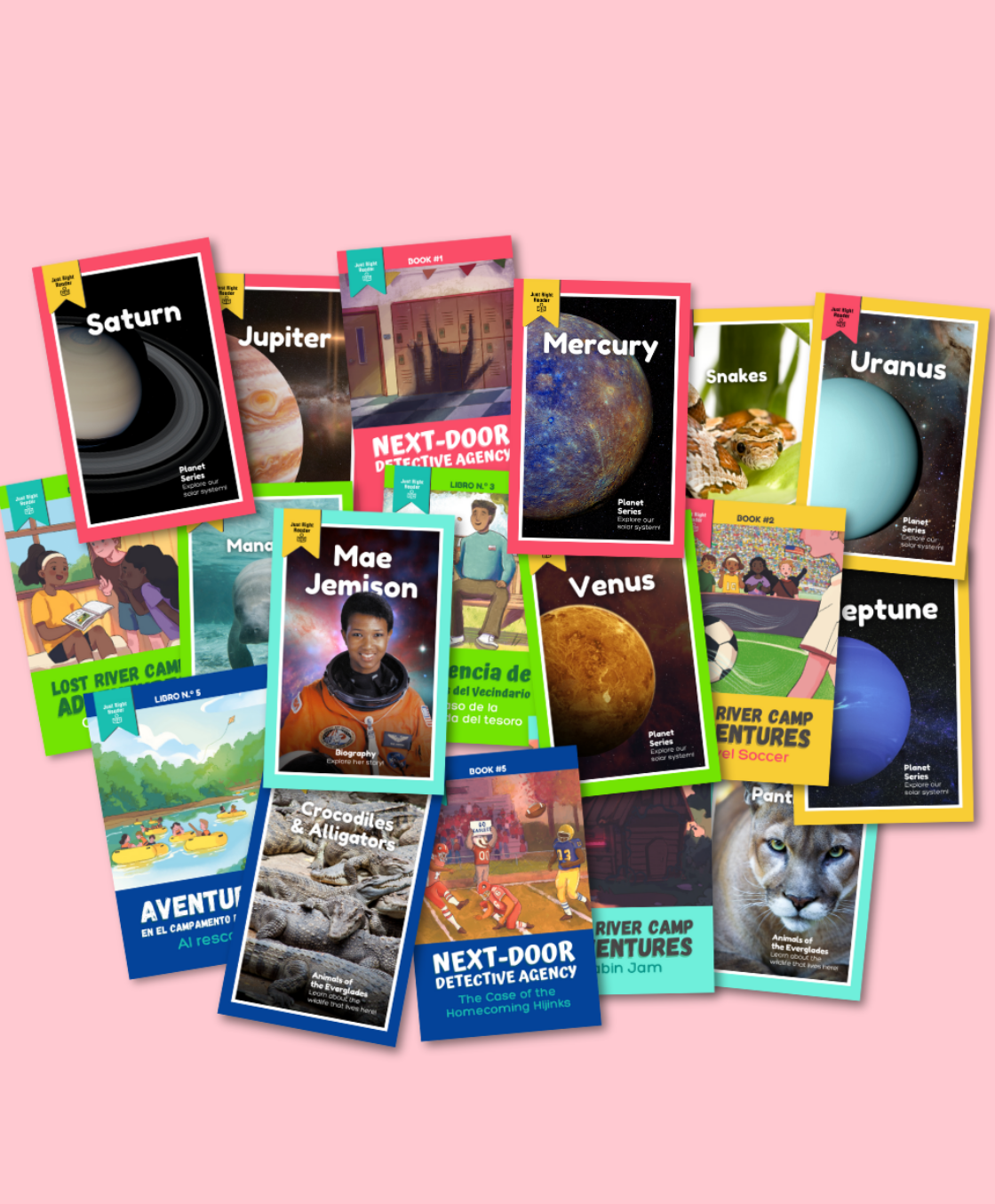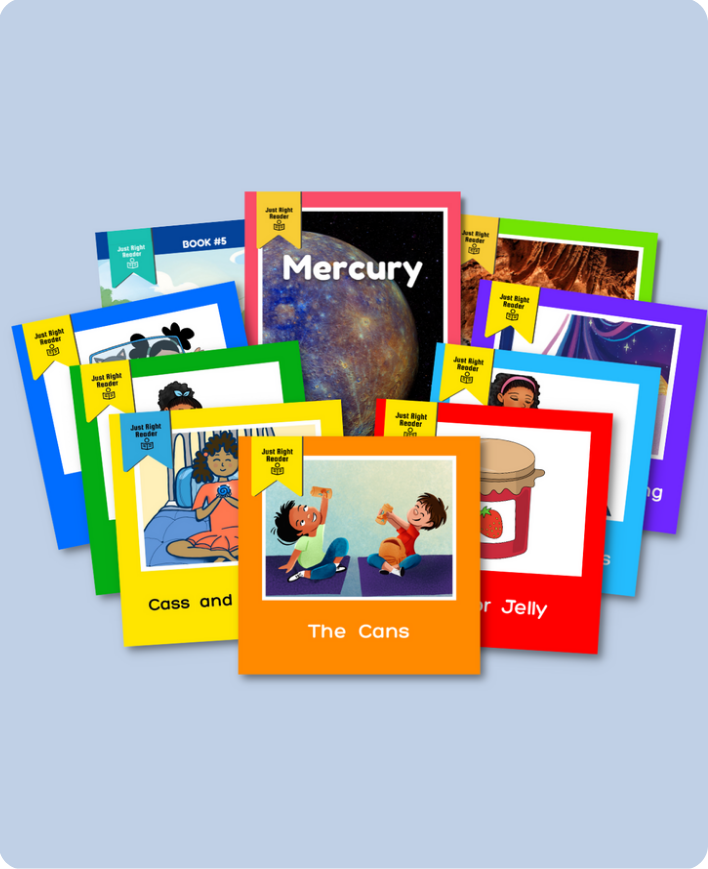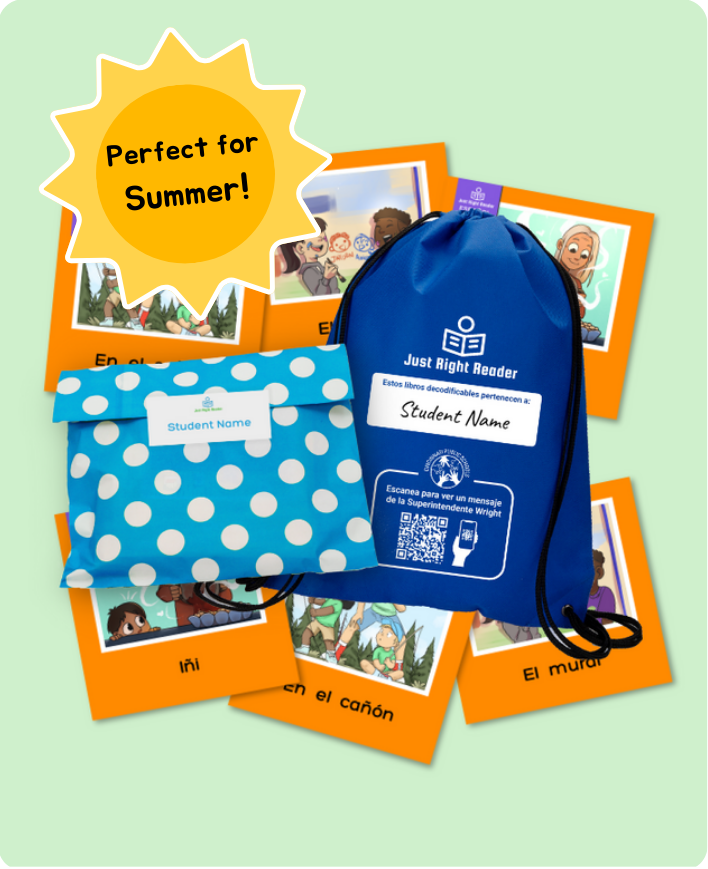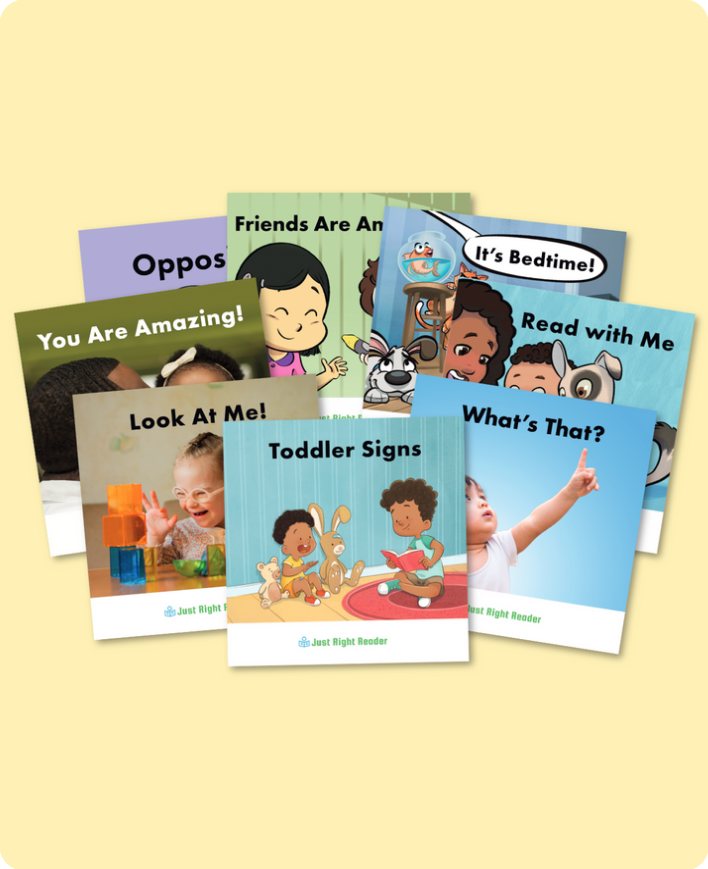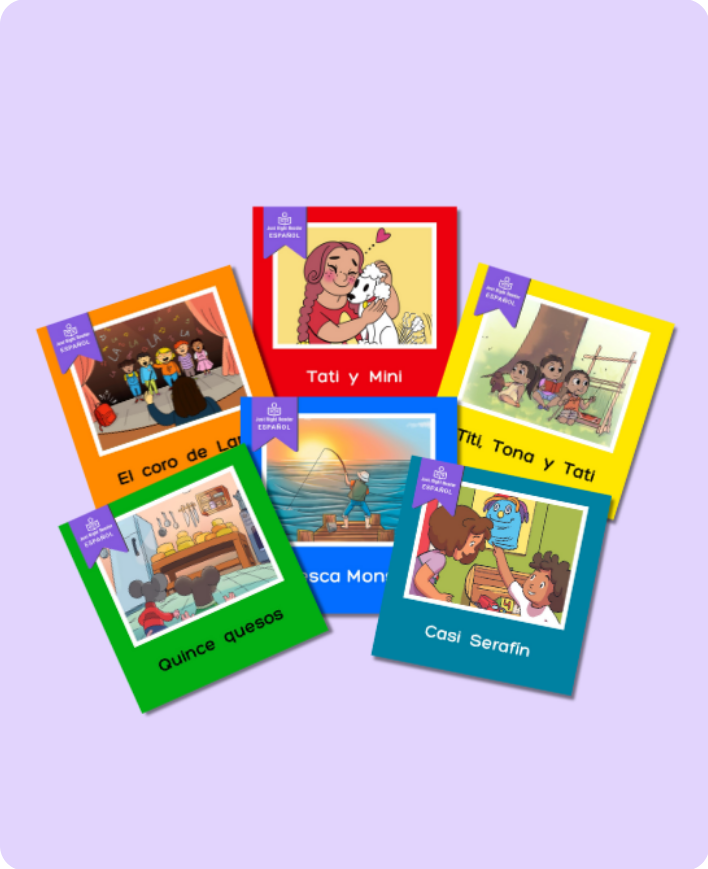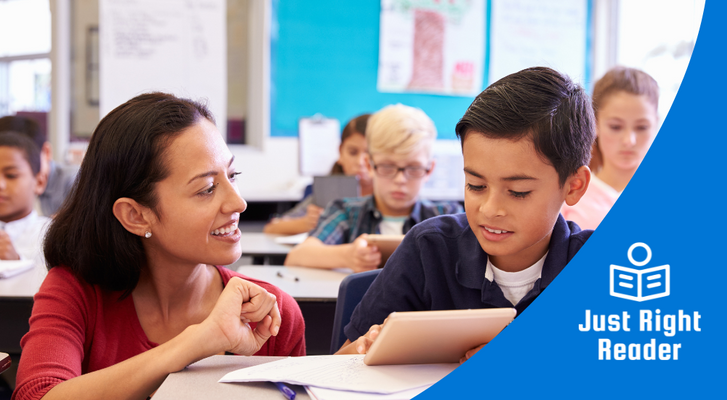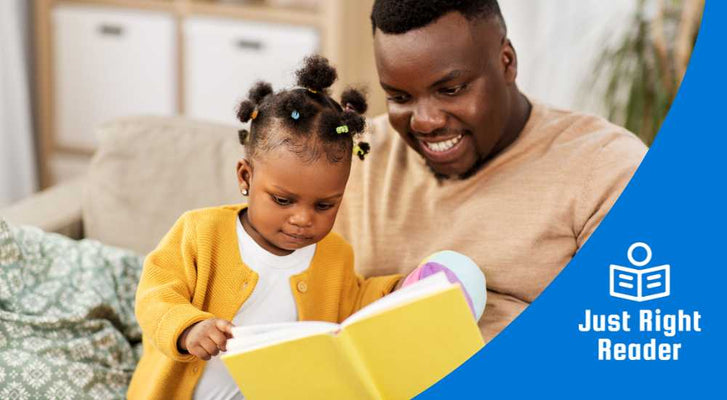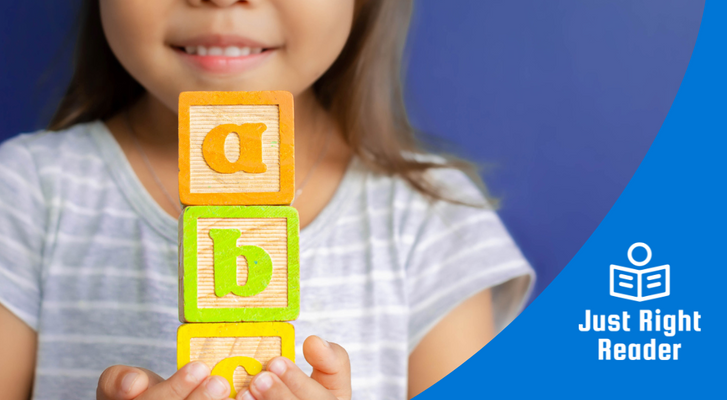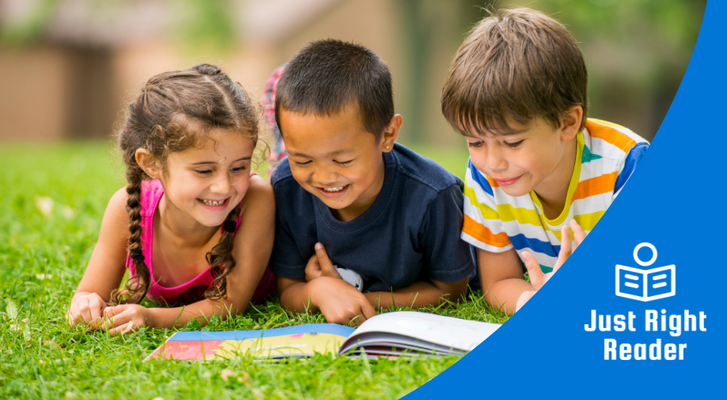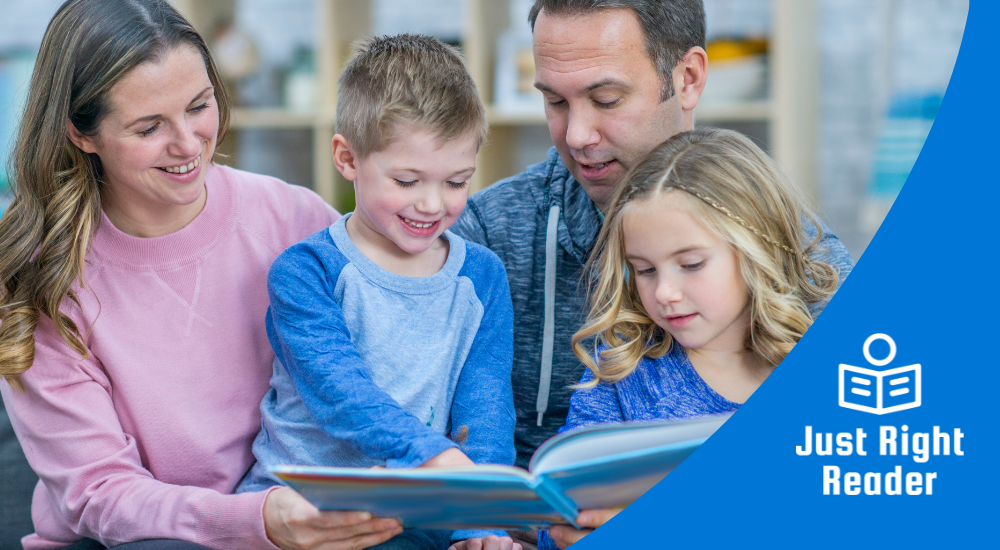
Reading together as a family is more than a pleasant pastime—it is a powerful tool for developing children's literacy skills and strengthening family bonds.
Explore the benefits of reading as a family and practical strategies for making reading a regular part of family life.
The Benefits of Family Reading

Educational Impact
Research consistently shows that children's literacy skills significantly improve when families engage in regular reading activities together (Sénéchal & LeFevre, 2002).
Bonding and Emotional Benefits
Shared reading sessions foster a sense of security and closeness among family members. Studies found that interactive reading activities enhance parent-child relationships and emotional health (Bus et al., 1995).
Dr. Pamela Sullivan, a Professor at James Madison University, explains how shared reading can foster empathy in young children.
Lifelong Reading Habits
Early exposure to reading with family members boosts literacy and academic success and cultivates a lifelong love for reading. Studies reveal that children who read with their families are likelier to read as adults (Clark & Rumbold, 2006).
Strategies to Maximize Family Reading Time
These family reading strategies help make reading a cherished and educational part of your family's daily routine.

Routine Setting
Establish a consistent reading routine that fits into your daily schedule. A regular time slot reinforces the habit, whether at bedtime, after dinner, or Sunday mornings.
Choosing the Right Books
Select books that are age-appropriate and interesting for your child. To broaden their exposure, include a mix of fiction and non-fiction content.
Interactive Reading Techniques
Keep children engaged by:
- Asking open-ended questions about the story
- Encouraging children to predict what will happen next
- Discussing the characters and setting
- Applying story events to their lives
- Asking what they would do if they were the character in the book
Create a Dedicated Reading Space
Set up a special area of the home as a reading nook. A comfortable, inviting space dedicated to reading can make children more excited to read.
Engage in Related Activities
After reading, engage in activities related to the book's theme, such as drawing scenes, creating crafts, or even cooking a recipe if the story involves food. This reinforces the story's concepts and makes reading more interactive.
Common Challenges and Solutions

Time Constraints
Busy family schedules can make regular reading challenging. Setting aside 10-15 minutes daily can make a significant difference without overwhelming your schedule.
Varied Reading Levels
In families with multiple children, accommodate different reading levels by choosing books that are engaging for all ages. Older children can read to younger children, too.
Limited Reading Material
Local libraries provide extensive free books and resources, keeping the content fresh and exciting.
The Role of Educators
Educators can play a pivotal role in promoting family reading by:
- Providing parents with guidelines and tips for effective reading at home.
- Regularly send books home that families can read together.
- Organizing in-person or online workshops to discuss the benefits and techniques of family reading.
Our blog post,Tips for Teachers to Promote Reading at Home, provides strategies for communicating with families about reading at home.
Tips from a Literacy Expert
Dr. Lucy Hart Paulson, Co-Author of LETRS for Early Childhood, provides practical tips for parents and caregivers to support literacy development at home.
Infants and Toddlers
Ages 3-5
Ages 5-7
Enhance Family Reading With Just Right Reader
Just Right Reader Board Books for infants and Decodables for grades pre-K-5 turn family reading time into a fun and valuable experience, enriching literacy skills across age groups.
Each book contains a QR code linking to a memorable video including phonics lessons in decodables and caregiver tips in Board Books. These resources give parents an easy way to support literacy growth at home.
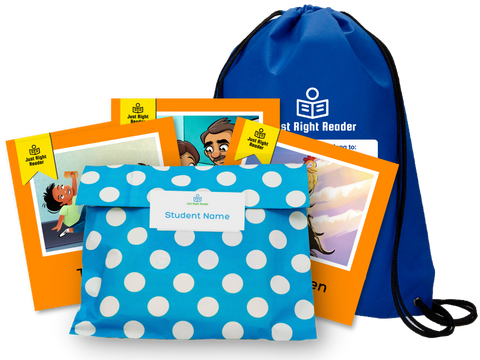
Our Science of Reading Decodables feature:
- 750+ titles in English and Spanish
- Engaging and relatable stories with relatable characters and vibrant illustrations that motivate students to keep reading
- Evidence-based, rigorous phonics scope and sequence that aligns with all phonics programs and curriculums
- QR codes that link to memorable video lessons in English and Spanish
-
Personalized Take-Everywhere Decodable Packs that extend phonics practice from school into homes

Our Board Books feature:
- Research-backed books aligned to your Early Learning Standards
- Vibrant illustrations and engaging stories based on developmental milestones
- Bite-sized tips, baby sign language, and videos for caregivers with every title
- Learning Together Guides equip caregivers with easy tips and fun ideas for their child’s journey to literacy.
References
Bus, A. G., Van Ijzendoorn, M. H., & Pellegrini, A. D. (1995). Joint book reading makes for success in learning to read: A meta-analysis on intergenerational transmission of literacy.Review of Educational Research
Clark, C., & Rumbold, K. (2006). Reading for pleasure: A research overview.National Literacy Trust.
Mol, S. E., & Bus, A. G. (2011). To read or not to read: A meta-analysis of print exposure from infancy to early adulthood.Psychological Bulletin
Sénéchal, M., & LeFevre, J. (2002). Parental involvement in the development of children's reading skill: A five-year longitudinal study.Child Development
